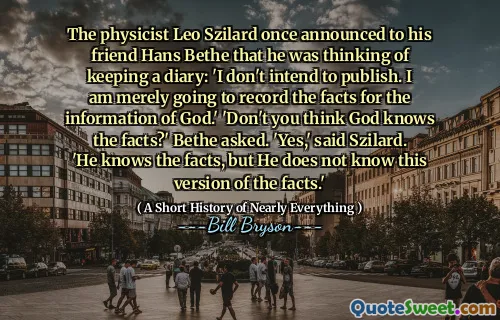Hutton noticed that if he used a pencil to connect points of equal height, it all became much more orderly. Indeed, one could instantly get a sense of the overall shape and slope of the mountain. He had invented contour lines.
In "A Short History of Nearly Everything," Bill Bryson recounts the observations of Hutton, who discovered that connecting points of equal elevation with a pencil created a clear representation of a mountain's outline. This simple act of drawing lines helped to illuminate the structure and slope of the landscape, allowing for a better understanding of its topography.
Hutton's innovation led to the creation of contour lines, a method that provided a visual means to convey the undulating forms of the earth. This technique allowed for more organized and systematic exploration of geographical features, greatly enhancing our ability to interpret and map the natural environment.






